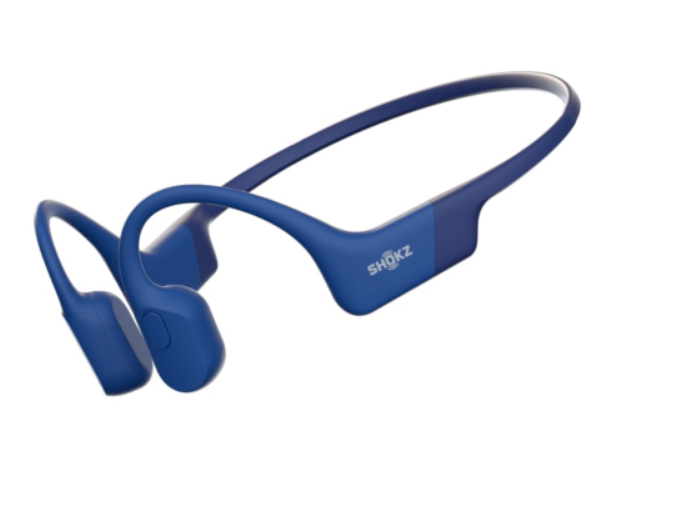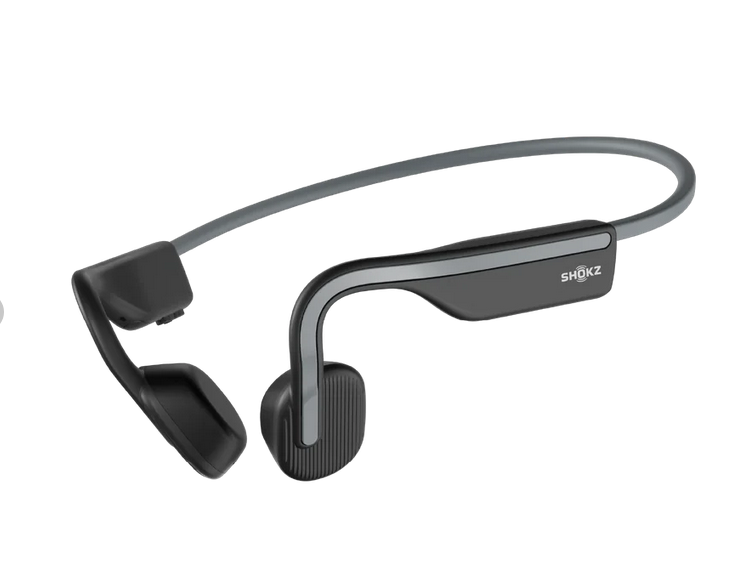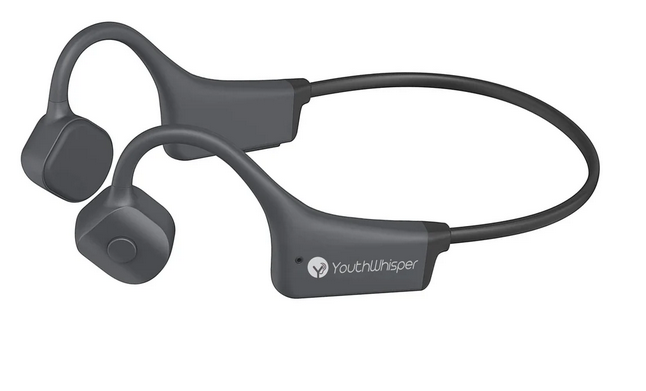How to Not Get Dizzy While Wearing Earbuds?

Introduction
Millions of people have started wearing earbuds, whether working at the gym, making phone calls, enjoying podcasts, or attending meetings on Zoom, as earbuds offer high sound quality, noise cancellation, and convenience.
But some people get frustrated after wearing earbuds because they get dizzy. If you are thinking that you’re alone, that’s not right. Many people like you feel dizzy after putting their earbuds in.
But there are some solutions as well. In this article, we will look at how to not get dizzy while wearing earbuds, along with their causes and solutions.
Table of Contents
Can Earbuds Cause Dizziness?
Yes, earbuds can sometimes make people dizzy, though the reason is not always clear.
To grasp how to not get dizzy while wearing earbuds completely, you need to know that our ears help our body to maintain balance. Inside our ears, there is a small part called the inner ear.
The inner ear is not just for hearing; it also helps your brain understand your body position, like standing or sitting. This is known as the vestibular system.
When you use earbuds for long spells or at high volume, several things disturb this system and trigger dizziness.
Why Do Earbuds Make You Dizzy?
1. Inserting Pressure in the Ear Canal
Many Earbuds with a noise cancellation feature are designed to seal your ear properly, which helps to block external sound.
It’s similar to the feeling you get when an aeroplane takes off, your ears feel blocked, which causes frustration. The poor-fitting ear tips can also cause a similar sensation.
2. Excessive Sound Vibration
Excessive sound vibrations gradually damage your hearing. A loud sound causes the small hair cells in your inner ear to shake excessively.
Over time, strong vibrations can damage these tiny hair cells and cause them to die. Once they get damaged, they can’t reproduce.
Damaged hair cells couldn’t properly send signals to your brain, resulting in hearing problems or even deafness.
3. Active Noise Cancellation (ANC)
Many New Brands are designing earbuds with the ANC feature. It blocks outside noise, which helps you focus, but it can also cause a feeling of pressure or suction in your ears.
Some people feel dizzy when they use ANC featured earbuds, because they don’t feel normal.
4. Confusing Your Brain’s Signals
Your Brain uses three things to help maintain your balance: what you see, what you hear, and what you feel.
If you have noise-cancelling earbuds on while walking or driving. Hence, the noise cancellation feature blocks external sounds, but your eyes are still experiencing motion.
As a result, it can trigger motion sickness, leading to dizziness.
5. Existing Health Issues can get worse
Some people might have ear-related problems like Vertigo, Ear Infections, Jaw Pain, Eustachian tube blockage or stress. Wearing Earbuds can make these problems even worse and might cause consistent dizziness.
How to Not Get Dizzy While Wearing Earbuds: 6 Proven Fixes

Now let’s talk about the solutions for how to not get dizzy while wearing earbuds, if you want to enjoy your favourite programs without getting dizzy. Follow the steps below:
1. Keep Volume Down
It is recommended to keep the volume of your earbuds below 80 decibels. Stronger bass can affect the balance of your inner ears. Always take a break after using it for 5 to 6 hours.
You can also use your phone’s volume limiter to set a cap.
2. Use the Right Ear Tip Size
Most earbuds include 3 or 4 pairs of soft silicone ear tips. One by one, try all the sizes and see which ear tip size gives a better fit.
If you don’t find a snug fit, then you can buy eartips with multiple ridges that stay in your ears more securely.
Other eartips are made of foam, which expands when you put them into your ears, providing a more secure fit.
3. Take Listening Breaks
Limit use of earbuds to 1 to 2 hours per day, with the maximum bass of 80 decibels. If you feel any pain while using earbuds, then it is better to remove them for a while.
But if you have to use it for more than 2 hours, then you must take regular breaks to avoid dizziness.
4. Limit Noise Cancelling Feature
If ANC makes you feel dizzy, disabling it can be good. Some users experience eardrum suck, a sensation of pressure in their ears.
Using Transparency Mode instead of ANC can also help you know what’s happening in the surroundings, which can be helpful when you drive a car.
5. Stay Hydrated and Well Rested
Keeping your Body unhydrated can make your dizziness severe. Drink plenty of water, because it enhances your listening abilities and stops short-term hearing loss.
Get enough sleep before long listening sessions to prevent dizziness.
6. Consult a doctor
If you feel persistent dizziness after following these steps, consult an ENT specialist to determine the causes and relevant treatment.
You might have Vertigo, Benign Paroxysmal Positional Vertigo (BPPV), Meniere’s disease, or any other inner ear problem.
Top 3 Bone Conduction Headphones for People Prone to Dizziness
1. Shokz OpenRun

Best Overall for Comfort, Fit & Sound Balance
Why is it great for dizziness?
- Lightweight and secure fit — weighs only 26g
- Open-ear design keeps your ear canal pressure-free
- No in-ear contact → no pressure, suction, or ear blockage
- Premium bone conduction technology
- IP67 waterproof
- 8-Hour Life with quick charge up to 1.5 hours in 10 minutes
Perfect for: Walking, working out, or daily wear — especially for people who can’t tolerate traditional earbuds.
2. Shokz OpenMove

Best Budget-Friendly Bone Conduction Option
Why it’s great for dizziness:
- Similar open-ear design like OpenRun, but more affordable
- Lightweight and adjustable for small or sensitive heads
- Easy to use and reliable for light use, like calls or walking
- Less bass, but still clear for podcasts and voice audio
Perfect for: New users, sensitive ears, and budget-conscious buyers.
3. YouthWhisper Bone Conduction Headphones

Affordable Alternative with Decent Features
Why it’s great for dizziness:
- Open-ear style reduces pressure on the inner ear
- Lightweight with soft ear hooks
- Lower price but still provides decent sound for casual use
- Great for people with mild vertigo or sound sensitivity
Perfect for: Part-time use, indoor listening, or first-time users.
Conclusion
If earbuds are causing dizziness to you, don’t worry, it is usually a fixable and temporary issue.
Try reducing your listening time, keep volume under 80 decibels, take regular breaks, clear wax from your ears, and use eartips that you are comfortable with. Most people get rid of dizziness after following these steps.
But if you feel dizzy even after considering all the things, then don’t ignore it. Your body might have any issue or disease, so it will be better to consult a doctor.
Also read:
Have you ever felt dizzy while using earbuds? What helped you? Share your experience in the comments below!
